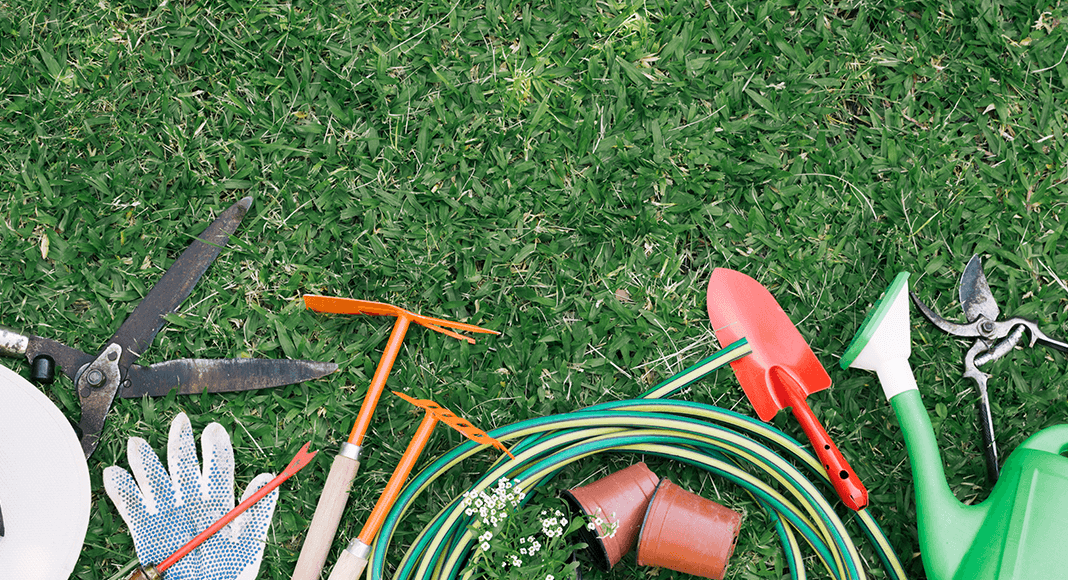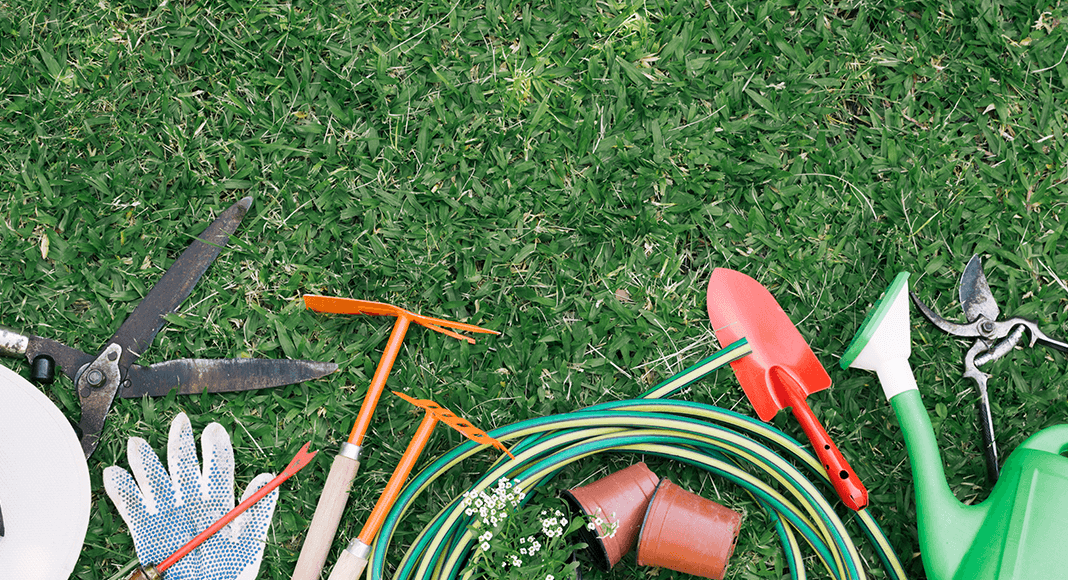Correct installation of your drain pipe is the key to getting rid of persistent waterlogging. It is not simply a matter of digging a long hole throwing in some small stones and putting a pipe on it. The water has to be able to find its way into the pipe and run unobstructed out of the way. This means taking some time to consider carefully where to dig the trench in the first place.
 Where to Install a Land Drain
Where to Install a Land Drain
It makes sense to install a land drain where you have significant and frequent waterlogging. You may have to conduct a percolation test on the soil to pinpoint the exact area. If the soil performs badly, this is where you need to install a land drain.
A DIY percolation test will suffice unless you’re dealing with large swathes of land. In this case, it is a good idea to connect with a local drainage company and seek advice. Being experts, they will be in the best position and have better diagnostic equipment to identify the areas that are at greatest risk. They will also provide recommendations on how to proceed with laying the drain to eliminate it.
Another important consideration is where to direct the excess water. You may have to contact the local authority in case there are any issues over where you plan to deposit the excess water. Storm drains are a good idea but they are often only available with a permit. If you access to one, you will also need to check they haven’t reached maximum capacity already and follow rules on a maximum flow rate. Be sure to check all this before you proceed with the installation.
Installation Tips
If you’ve identified the best place to install the drain, your next step should be to buy the best product for your location and the immediate area of installation. Whichever you choose, you know you can always source them from EasyMerchant.
Here are some other tips to remember:
Don’t Let Sediment Enter the Pipe
Take steps to ensure no sediment enters the pipe to create blockages and for this you may want to opt for a non-woven geotextile. It should be installed at least 100mm above the land drain. Allowing sediment to enter will eventually lead to issues affecting the entire water course and the soakaway.
Pick a Good Gradient
Ideally, you should go for no less than a 1 in 150 gradient and certainly no more than 1 in 100 or the water’s flow rate will increase to become too aggressive for effective drainage.
Pick the Most Suitable Soakaway Crate
You will need to connect your drain pipe to a soakaway system so you need to select the most appropriate soakaway crate. The crate needs to be strong and robust, so opt for high quality plastic. If you’re expecting a constant flow of water, be aware that traditional soakaway crates are not suitable.
You need your drain pipe and soakaway to last and be as near maintenance free as possible. It’s always worth asking nearby neighbors how they have dealt with the problem of waterlogging. The chances are they have had the same problems. In the end, there’s no substitute for professional advice. So, before you start digging holes ask a couple of experts to come out and take a look at the situation and give a quote. It could save you from making an unpleasant mistake costing you in both money and time.


















